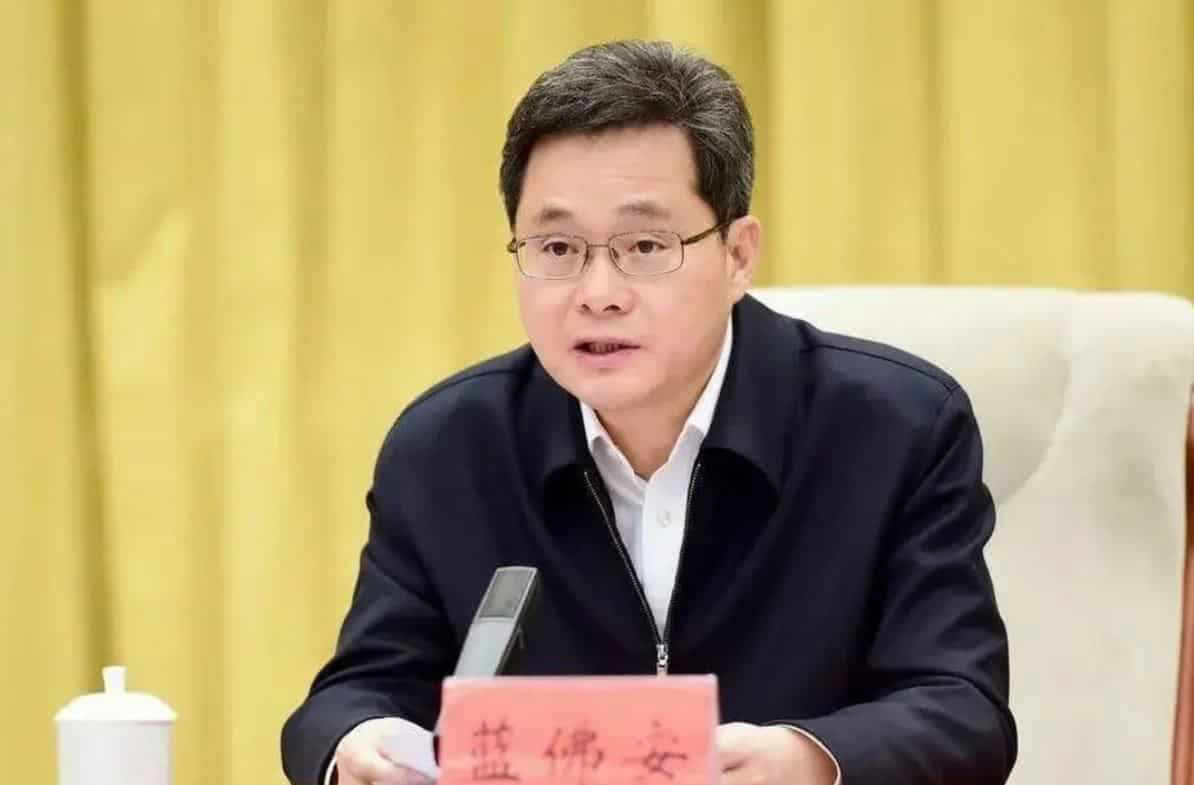China has named a new finance minister to help the country navigate through the economic crisis, which is being fueled by the real estate market’s collapse.
According to a statement issued by the finance ministry on Thursday (Sep. 28), financial expert Lan Foan will now lead the Communist Party group for the Ministry of Finance in place of Liu Kun.
Prior to this, the 61-year-old leader served as Shanxi province’s party chief in northern China.
Since 2018, Liu Kun, who will turn 67 this year and is significantly older than the typical retirement age of 65 for civil workers holding ministerial level, has held the coveted position.
According to experts, the country’s economic outlook will benefit from the change in leadership at the finance ministry.
The reorganisation of the finance ministry is “a positive development” for the economy and “indicates the policy stance may become more expansionary,” but it could take time, according to Zhang Zhiwei, chief economist at Pinpoint Asset Management, who was quoted by SCMP.
“Given that this fiscal year is almost over, the change in policy might not take effect right away. However, this action increases the likelihood that fiscal policy will shift next year, which is good for the economy, he said.
Dealing with the growing provincial debt crisis would be one of the main challenges facing Lan Foan. The central government should take on more responsibility, say analysts, as China has historically relied on regional governments to provide financial stimulation to the economy.
Many local governments are currently experiencing financial strain, and Beijing is hesitant to enact additional local government-led fiscal assistance. SCMP cited Louis Kuijs, chief economist for Asia-Pacific at Standard & Poor’s Global Ratings, as stating that the central government may bear more of the responsibility but is still wary.
Additionally, there are possible default concerns posed by local government financing vehicles (LGFVs) in China, particularly as a result of the muted income growth expectations in some of the nation’s most heavily indebted districts.
LGFVs are distinctive organisations that exist on the cusp of the public and corporate spheres and were initially created to get around borrowing restrictions on local governments. Since the global financial crisis of 2008, their prevalence has increased.
A remarkable 66 trillion yuan ($9 trillion) has been added to China’s overall LGFV debt this year, according to estimates from the International Monetary Fund, more than double the 30.7 trillion yuan recorded in 2017.

